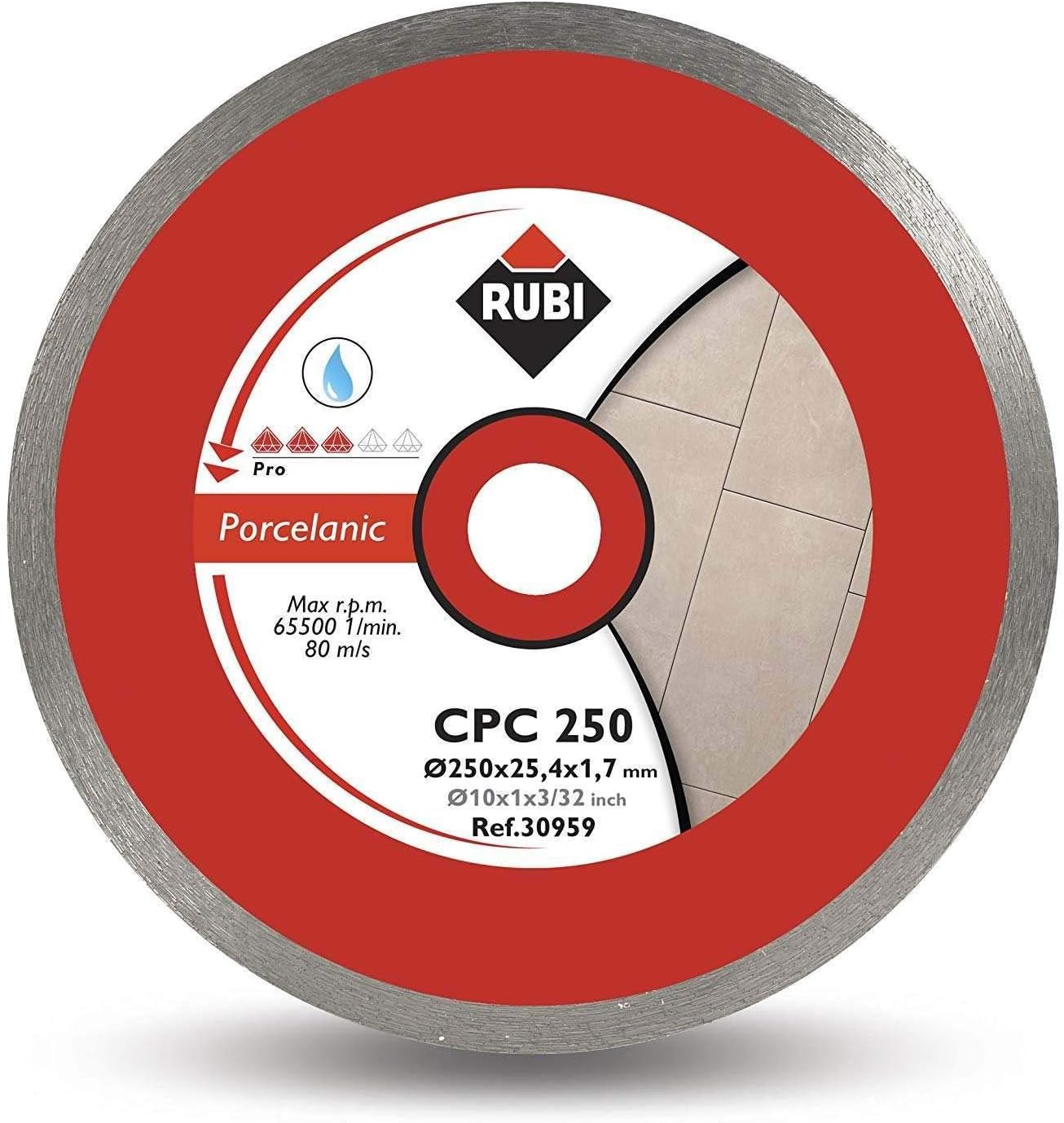Porcelain Tiles Are Difficult to Cut
Porcelain tiles are tough and wear-resistant, designed to endure for many years, which makes cutting them challenging. The hard glazed surface, combined with a softer base, makes them prone to cracking. Achieving a successful cut requires the right tools and precise technique to avoid damaging the tile.
How to Cut Porcelain Tiles
Porcelain tiles are harder and denser than natural stone, making them more challenging to cut. To achieve a clean cut without chipping, a sturdy diamond blade wet saw tile cutter is essential. This fine-edged blade is effective on tiles up to 20mm thick. Follow these steps to ensure smooth, chip-free cuts:
- Use a wet saw or angle grinder with a sharp, undamaged blade.
- Make sure the blade is in perfect condition.
- Cut slowly and steadily for better precision, starting with shallow cuts around 3mm deep.
- If using a manual cutter, apply gentle and consistent pressure.
- Apply masking tape on the tile’s surface to protect against chipping.
- Cutting the porcelain tile upside down can help minimize chips, this is a great method.
- Handle the porcelain tiles with care to prevent accidental drops or damage.
These reliable techniques help achieve smooth, professional results while reducing tile waste!
Wet Tile Saw Cutting Method
A wet tile saw is the perfect tool for cutting 20mm thick porcelain tiles. This saw utilizes water as a lubricant, which helps reduce dust and ensures a clean, even cut. Begin by filling the water tank, then start the machine to allow water to flow over the tile during cutting. This cooling effect helps reduce friction and prevents breakage, resulting in a high-quality cut.
Angle Grinder Cutting Method
Angle grinders are compact and easy to use, making them a popular choice for landscape design and DIY projects. When using an angle grinder, ensure that the diamond blade is securely installed, and hold the tile firmly in place to avoid any movement during cutting. For 20mm thick tiles, it's best to use continuous rim diamond blades. These blades are designed for fragile materials like porcelain, offering clean, precise cuts while minimizing the risk of breakage.
Choosing the Right Blade
Selecting the correct blade is essential when cutting tiles, especially delicate materials like 20mm thick outdoor porcelain tiles. Using inferior or inappropriate blades can lead to chipping and rough edges, resulting in wasted materials.
-
Continuous Rim Blades ✅

These blades are ideal for cutting fragile materials such as porcelain, marble, and granite. Their continuous design minimizes chipping and ensures precision, delivering a smooth, shock-free cut that is essential for high-accuracy applications like 20mm tiles.
-
Segmented Blades ❌

While segmented blades work well for more abrasive materials like concrete and brick, their design can create a "hammer effect," leading to potential damage to porcelain tiles. As such, they are not recommended for cutting porcelain.
Tile Cutter with a Guide Rail is Ideal
Using a tile cutter with a guide rail offers controlled, precise cutting. The guide rail maintains a consistent blade direction, preventing any lateral movement that could lead to tile breakage. By directing steady, downward pressure on the blade, it minimizes the chances of cracking and ensures a clean cut. This setup is especially valuable for hard, brittle tiles like porcelain, as it reduces strain and helps achieve a smooth, accurate finish without compromising the tile’s integrity. The benefits of this type of cutter include:

- It provides a consistent direction for the blade, preventing side-to-side movement that could exert lateral force on the tile. The side to side movement increases the risk of tile breakage.
- It controls a steady downward force on the blade during cutting, which helps minimize the chance of broken.
Edge Finishing After Cutting
Once the tiles are cut, the edges often require chamfering to minimize the risk of chipping. The original chamfer may be removed during the cutting process, so it's important to reapply it. Sandpaper or a grinding stone can be used to smooth the edges effectively.
By using the right tools and blades, you can achieve precise cuts while minimizing material waste, ensuring a professional finish when cutting 20mm thick porcelain tiles.







